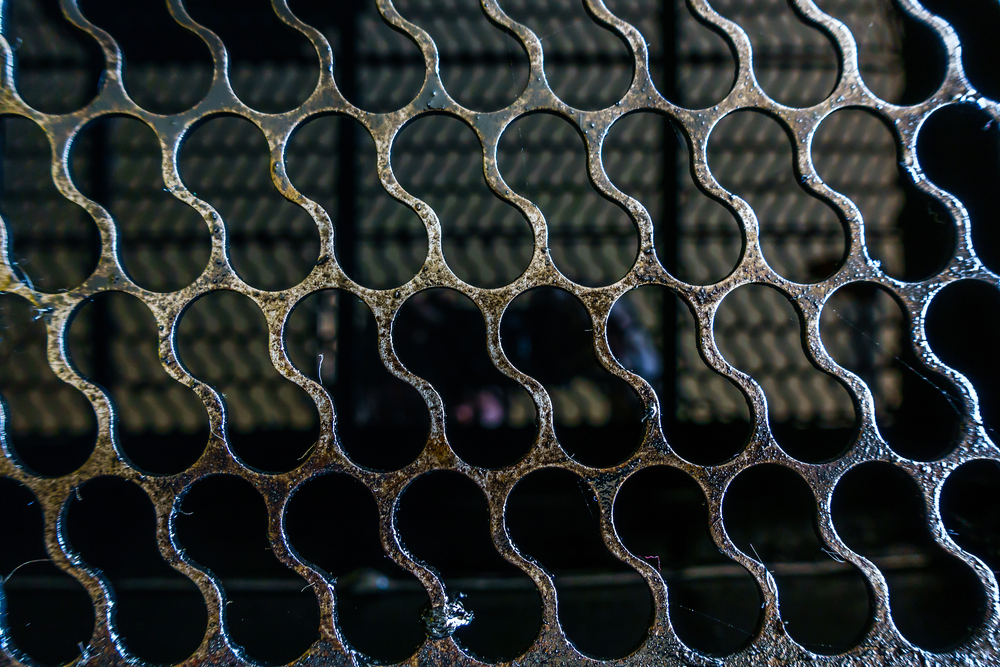
Researchers found that nanodiamonds, in combination with molybdenum disulfide—a inorganic compound composed of molybdenum and sulfur—create a form of carbon ideal for dry lubrications.
Dry lubricants are generally used for thin-film coatings and other industrial applications where two pieces of metal rub together in dry conditions.
The research team—based at the U.S. Department of Energy’s Argonne National Laboratory— is combining nanodiamonds with 2D molybdenum disulfide layers and breaking them to produce a dry lubricant that is self-generating, long-lasting and low-friction.
“It’s interesting to see that these carbon balls can sustain high contact pressure and, due to their unique nanostructure, can glide easily, creating the superlubricity,” Ali Erdemir, Argonne Distinguished Fellow and collaborator in this study, said in a statement.
Dry lubricants are already common in several industries. However, they are prone to catastrophic failure modes. Argone’s new dry lubrication method is much cleaner to use because there are no hazardous materials needed.
The new material also features a friction that is 10 times lower than that of nonstick coatings like fluoropolymers, meaning less heat and wear and tear on parts and equipment.
“The material the lubricant is used on is going to last longer, and I don’t have to worry about liquid residue and throwing out oily rags as part of the clean-up process,” John Harvey, business development executive at Argonne, said in a statement. “We also can use it to make parts that we can’t make today, especially with metal stamping.”
Most commonly used solid lubricants take the form of graphite paste. In 2015, the team demonstrated superlubricity (near-zero friction) at engineering scale for the first time by using graphene combined with nanodiamonds. To improve on that breakthrough they replaced the graphene with molybdenum disulfide to see how other 2D materials would behave.
The researchers expected to see the nanodiamonds in the materials, but instead discovered balls of onion-like carbon, which consists of several layers of spherical graphitic shells that can be used as a dry lubricant.
The researchers believed this occurred because the molybdenum disulfide was breaking up into molybdenum and sulfur and reacting with the nanodiamonds.
Despite being more expensive, less molybdenum disulfide is needed than graphene.
“The amount is so small—a few drops for kilometers of sliding—that cost is not an issue,” Anirudha Sumant of the Nanoscience and Technology division, said in a statement.
Because the new lubricant lasts longer, some of the potential applications include bearings and mechanical pump seals, as well as in wind turbines. They also could be used in magnetic disc drives for computers. Argonne already has three patents on the superlubricity technology, with a patent pending on this breakthrough, which will soon be available for licensing.
The study was published in Nature Communications.




